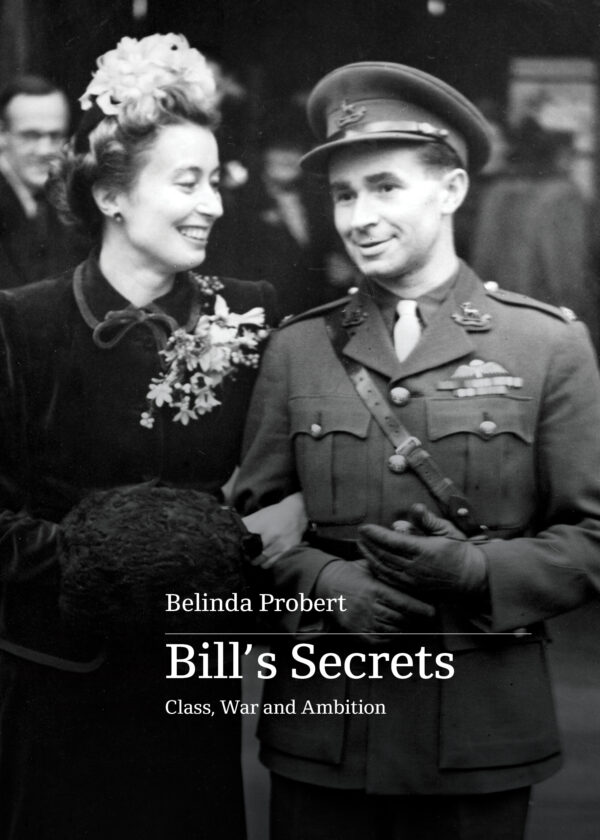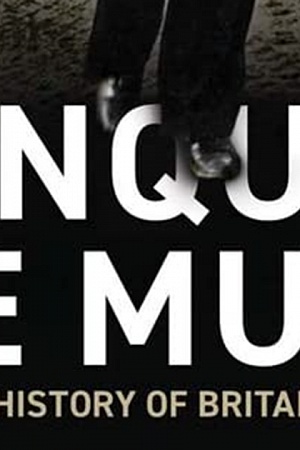Double Diamonds: Australian commandos in the Pacific War 1941-45
NewSouth, $39.99 pb, 231 pp, 9781742234922
Double Diamonds: Australian commandos in the Pacific War 1941-45 by Karl James
The recent scandal over Facebook’s censorship of Nick Ut’s 1972 photograph of ‘Napalm girl’, Kim Phuc, offers a salutary reminder of photography’s stubborn resistance to narrative orthodoxy or societal norms. The editors at Facebook were hardly the first to fret over the propriety of reproducing the photo. When Ut first brought his film into the Associated Press’s Saigon office, the duty photo editor rejected the pictures of Phuc: AP’s policy was clear – no frontal nudity. Recognising the significance of the image, Horst Faas ensured that it was printed and dispatched – but only after a photo-tech lightened the child’s pubis to make clear that she was pre-pubescent. Societal norms be damned. Despite the dedicated revisionism surrounding the photo, on full display again during the recent spat, it did not change the course of the war. By 1972, President Richard Nixon’s Vietnamisation policies were in full force and the Americans had fewer than 70,000 troops in the country. The photo revealed that the training and equipping of South Vietnamese forces had scarcely improved their efficiency: Kim Phuc was the victim of a misdirected South Vietnamese napalm attack, the day after the same air force had killed nine of its own troops near Hue. This undermined Nixon’s repeated assertions that the war, and the defence of democracy, were safe with Vietnamese forces. Their carelessness and incompetence were writ large all over Kim Phuc’s burned body.
It goes without saying that no equivalent photo, neither so graphic, nor so contradictory of the official narrative, has emerged from any of Australia’s military engagements. The Australian military has rigorously controlled the access of photographers – and reporters – to its conflict zones. Their work has been subject to multiple layers of vetting ensuring that the images that emerge faithfully support the official line on the given conflict. There have been no Vietnams for the Australian military – least of all in Vietnam!
Continue reading for only $10 per month. Subscribe and gain full access to Australian Book Review. Already a subscriber? Sign in. If you need assistance, feel free to contact us.















Leave a comment
If you are an ABR subscriber, you will need to sign in to post a comment.
If you have forgotten your sign in details, or if you receive an error message when trying to submit your comment, please email your comment (and the name of the article to which it relates) to ABR Comments. We will review your comment and, subject to approval, we will post it under your name.
Please note that all comments must be approved by ABR and comply with our Terms & Conditions.